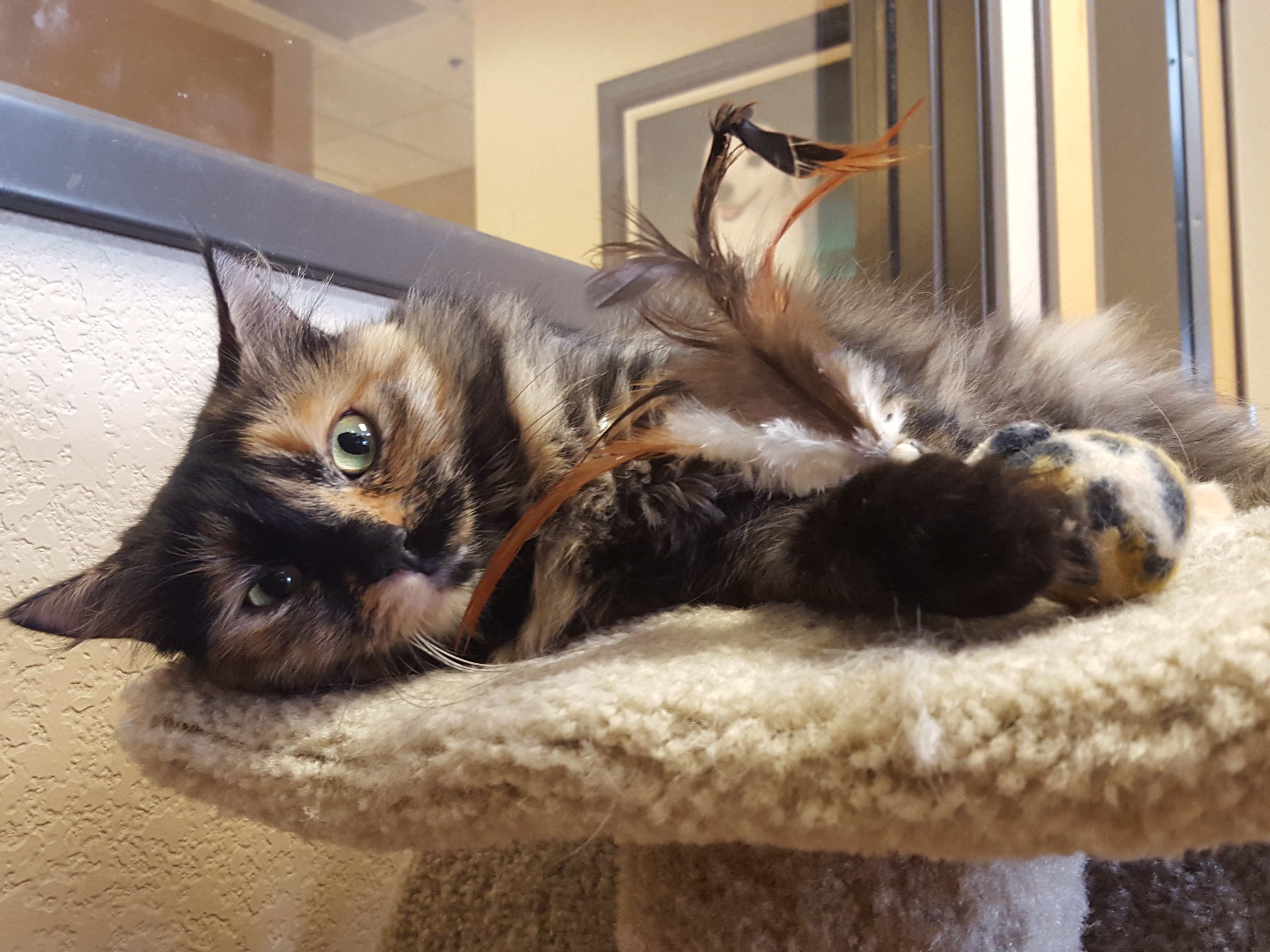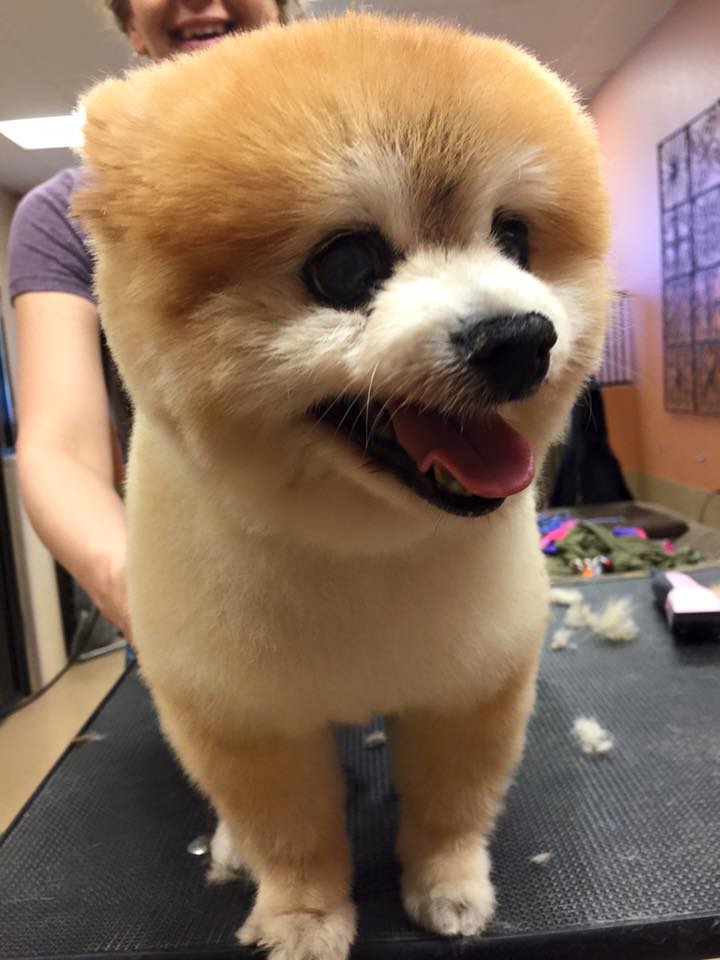Celebrate Adopt-A-Cat Month And Bring Home a New Feline Friend
Spring is kitten season and with it comes numerous litters of unwanted kitties who either roam the streets with no family to call home or who end up at local shelters, along with their older counterparts.
In order to help spread the word and get more people interested in adopting kittens and older cats, American Humane Association sponsors Adopt-A-Cat month every June in hopes of enlightening the public about all the cats out there needing homes. According to American Humane Association, “your local shelter has tons of cute, cuddly newborns, in addition to all the mellow, older cats and everything in between.” Having a month dedicated to bringing awareness is important to help get felines adopted.
As bad as the unwanted dog problem is in most cities, it can be worse for cats. According to the Humane Society of the United States in “Pets by the Numbers,” some estimates from 2014 include:
· “Percentage of cats euthanized in shelters: 70%
· Percentage of total shelter intake comprised of cats: Approximately 50% (but in some regions 2/3 of shelter population is cats)”
American Humane Association has a comprehensive checklist for adopting a cat to include:
· Two cats can be better than one! When you go to adopt one cat, why not bring home two? Because cats need mental stimulation and exercise, American Humane Associations says “Two cats can provide this for each other” in addition to bringing humans great benefits.
· Cats have their own personalities, so find one whose personality fits with your own.
· Stay on top of things by choosing a veterinarian before you bring home your furry feline. Also, be sure to schedule a first visit ASAP.
· Before you bring home your new cat, make sure everyone in the family is on board and ready. Make it a “family affair.” If you already have pets at home, be prepared “to make a proper introduction.”
· Bringing home a new furry family member means additional costs. Make sure you are prepared for the responsibility for the long term.
· Have everything waiting at home, including litter box, food and water bowls, toys, scratching posts, a bed, etc.
· Is your home cat-proof? Don’t leave food or dangerous items lying around. You don’t want your cat to get into your food or to choke or chew on dangerous items such as electrical cords.
· Cats need time to adjust to new surroundings, so allow them to get used to everything and everyone, including family and friends.
· Have a family emergency plan that includes your cat and other pets.
Before you give a cat as a gift, “make sure the recipient is an active participant in the adoption process.” Cats are living beings with feelings and emotions. Ensure everyone is on the same page.
The Best Ways to Keep Your Pet’s Hair Mat Free
You love your dogs and cats, but sometimes the hair! Oh the hair! Especially for those long-haired dogs and cats. What is a pet owner to do? Sometimes caring for the long hair can get away from you. Matted pet hair can be difficult to detangle and, most of all, can even be painful for your
beloved furry family member.
According to Doctors Foster and Smith’s “Hair Mats in Dogs & Cats,” most mats form in the following places:
· “Behind ears
· Between back legs
· Along the back of the haunches
· In the groin area
· Underneath front legs
· Under the collar”
Obviously, it is best to avoid hair mats whenever possible. When dog hair is long, smaller tangles are more prevalent. “The small tangles get snarled together, and dead, shedding hair and debris get caught in the snarl,” according to the article. “As the mat gets bigger, hair from farther and farther away from the original site becomes entangled and pulls on tender skin, causing the animal discomfort.”
The lack of combing and brushing results in bigger mats. That leads to the skin being pulled more. When mats get worse and tighten even more, that makes it even more painful for the animals. “Skin can become irritated and ulcerated from the constant pulling.”
Smaller mats can be managed and “broken apart” with use of a mat rake. However, the larger mats will need to be cut out with scissors or other tools, so you might want to bring your pet to a professional groomer if the situation is severe.
In order to prevent matting, it is best to routinely brush your pet’s hair. It is not easy to stick to a regimen, but it can alleviate a lot of discomfort and pain in your dog or cat down the road. It’s worth the time and effort. You can also keep your dog’s long hair shorter, which will also reduce the mats. This is an option for those hot weather months.



Recent Comments